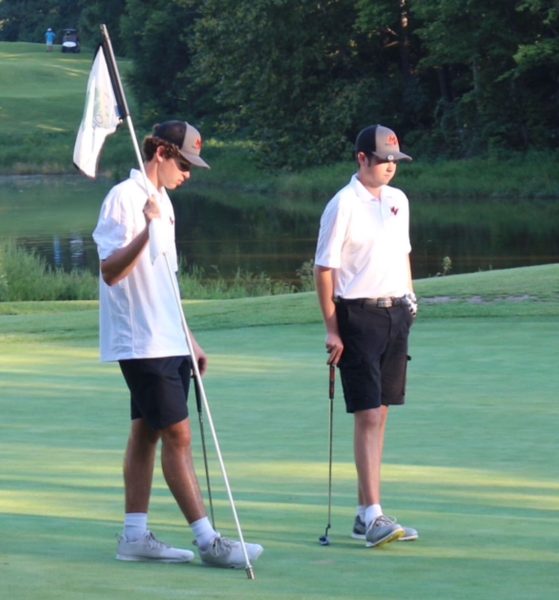What Makes Tennis War
October 20, 2022
If you have ever watched tennis on TV, you may look at how easy these professional players make the sport out to be. For readers who have never picked up a racket and gotten on the court with an opponent, one must understand that the task is far from easy. According to Gui Hadlich on mytennishq.com, a former pro player, “Tennis is fairly easy to play badly, but incredibly difficult to play well. There are few other sports which offer a comparable mental and physical challenge.” Stereotypes will lead most people away from the fact that tennis is not just a game; it’s a physical and strategic war.
Anyone who has tried to play tennis will remember how difficult the simple-looking task of hitting the ball where they want it to go actually is. This typically takes weeks of practice just to get a rally going and years to master the technique. Simple swings at the ball can be difficult, but just wait until the tennis serve is attempted for the first time. Serves are commonly referred to as the most challenging shots to perform in tennis because of its complexity. One must load power with their body to strike a ball with no initial force whilst staying balanced.
This task is extremely difficult at our high school level. If one does not hit the ball hard enough or put enough spin on the ball, their serve will be crushed and they will most likely lose the point. Personally, it took me a year before I was confident in my serve after many hours of training with coaches. To be competitive in tennis, one must find their own way to master these techniques.
Along with this challenge, the physical demand of tennis can keep talented players from reaching greater heights. Without correct technique, hitting the ball repeatedly can cause strain and/or injury to one’s arm, wrist, or elbow. To produce powerful shots without injury, one must learn to load power in their body through different body areas like one’s legs or upper body. Another area players must constantly improve to get better is one’s stamina and agility. This is so one can keep up with their opponent for, on average, hour and a half long matches. The physical attributes of each player can play to one’s advantage or disadvantage, depending on their opponent.
In the case of advantage in any aspect of the game, one must be ready to capitalize as the rest of the tennis match is usually won in the mentality and strategy of each player. Strategy wise, a successful player should be ready to lookout for how their opponent plays and then take advantage of weaknesses they see. This task is harder than it sounds because while one keeps this in mind they must also maintain their play so they don’t fall out of rhythm. Maintaining this rhythm is something a tennis player will always struggle with, as emotions and overthinking are easily effective on one’s play.
With a combination of unique techniques along with the physical and mental attributes of the sport, tennis has a multitude of challenges awaiting players as they step to war on the court.













